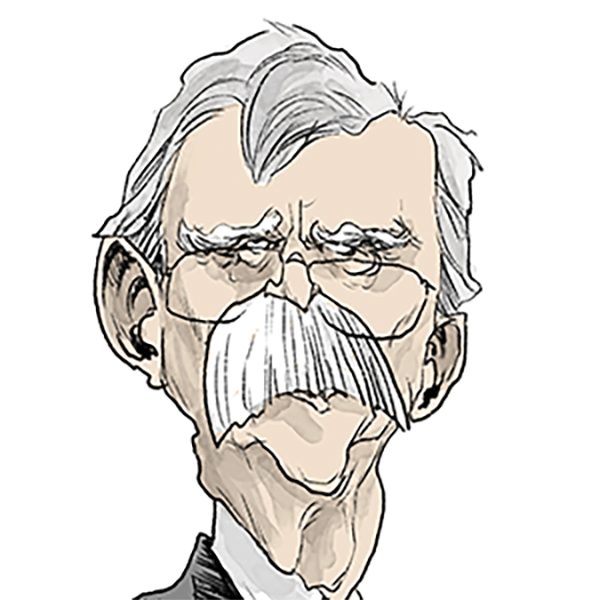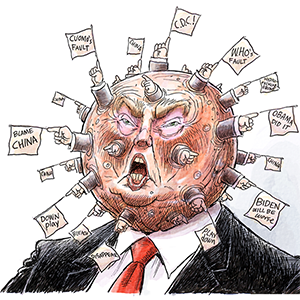Commentary: Why some students need trades education
Published in Op Eds
I know more than a handful of West Side teenagers who can carjack Kia Optimas with a USB cable, but I also know nearly 100 Chicago students who can operate the excavators that are used in construction. While these tasks involve similar skills, the choice between the two can mean wildly different consequences for the course of these young people’s lives.
According to one false narrative, youths from disenfranchised neighborhoods commit crimes because they are starved of opportunities, but some of the people who perpetuate this narrative also insist that students pursue expensive college degrees when a career in the trades would be more practical and meaningful. Changing this narrative could mean a student picking up a power tool instead of a Glock pistol.
The solution to breaking cycles of intergenerational poverty is right in front of us: more education in the trades.
Many public schools in Chicago don’t offer trade and shop classes, but at Chicago Hope Academy, we’ve launched a trades program in partnership with three major labor unions — the operating engineers, laborers and electricians.
With hands-on learning experiences, we aim to dissuade students from believing that a successful and meaningful career requires a college degree. Eighty of our freshmen took the course last school year, and 95 juniors and seniors are currently enrolled in the class.
When our students learn to operate compound miter saws, bend conduit and install flat-screen TVs, they are directing their attention toward the robust careers that a labor union provides. Labor unions offer on-the-job training, certifications and a clear path for career advancement while emphasizing hard work and expertise.
Once trained, students will have access to stable, well-compensated jobs that come with health insurance, retirement plans and job security — benefits that are elusive in today’s gig economy.
Becoming an electrician, laborer or an operating engineer doesn’t just mean earning a paycheck; it also means gaining a set of specialized, marketable skills that are in high demand across the country.
These lucrative careers provide stability and opportunity for growth for our future leaders. As the country’s infrastructure ages and more emphasis is placed on rebuilding urban areas, skilled tradespeople will be at the forefront of this work.
Despite a resurgence in trades education across the country, the seed of enthusiasm has not effectively been planted for students of color, especially those in struggling parts of the city. We must adopt a sense of urgency to expose our youths to fulfilling and upwardly mobile careers.
Sadly, some of Chicago’s historic trades schools have lost student participation as enrollments decline. In 2010, Dunbar High School was educating more than 1,500 students, but its current enrollment sits at 324 students. In the same period, enrollment at the Chicago Vocational School dropped from more than 1,600 students to 585 students. Who will be our future electricians? Operating engineers? Heating and cooling technicians? Plumbers?
I live in East Garfield Park, a neighborhood with 17% unemployment and 43% of the population not in the labor force. At 10 of our local West Side neighborhood high schools, fewer than 75% of kids will graduate within five years, fewer than 40% of those graduates will actually enroll in college and fewer than 40% of those college enrollees will complete one year of college. Since fewer than 10% of students in these schools are graduating from college, I believe we should introduce them to trades education while they are still in high school.
It is irresponsible for us to push students toward universities when the average student on the West Side comes from a low-income family and tests in the 12th percentile on the SAT. Why not expose them to the amazing opportunities trades careers provide?
Let’s teach more kids to drive excavators so that they can build basketball courts on vacant lots in East Garfield. Let’s get more power drills into the hands of kids so that they can install bright blue shutters on formerly dilapidated houses in North Lawndale. Let’s show kids how to use compound miter saws so that they can build dining room tables for their growing family’s Christmas dinner in Austin.
Promoting trades education means our neighborhoods can be built by us and for us. The West Side does not need to be known for unemployment, carjackings and shootings. The West Side can be known for equipping students to become the repairers of broken walls and restorers of neighborhood blocks with dwellings who improve the quality of life for their families and communities without having to earn a college degree.
____
(Ike Muzikowski is president and principal at Chicago Hope Academy on the West Side.)
_____
©2025 Chicago Tribune. Visit at chicagotribune.com. Distributed by Tribune Content Agency, LLC.



























































Comments